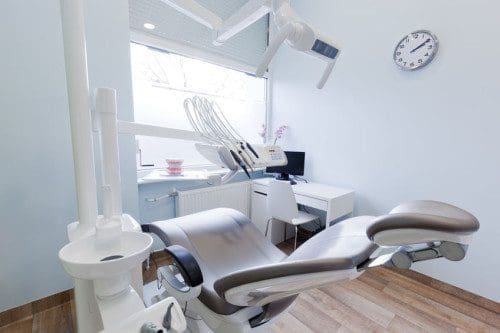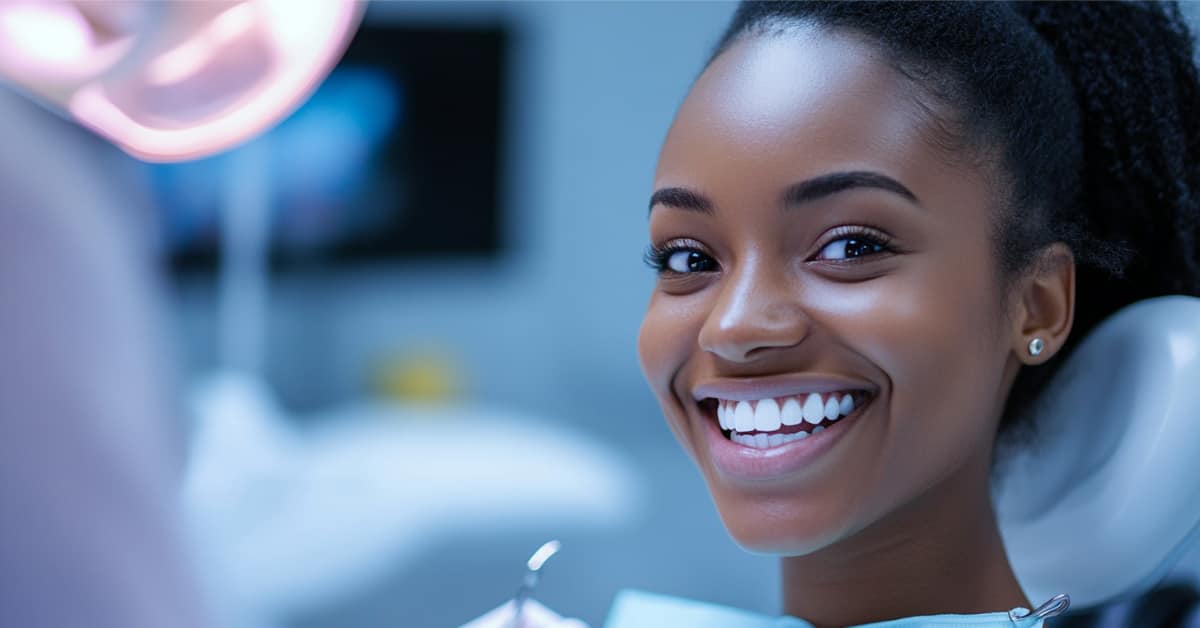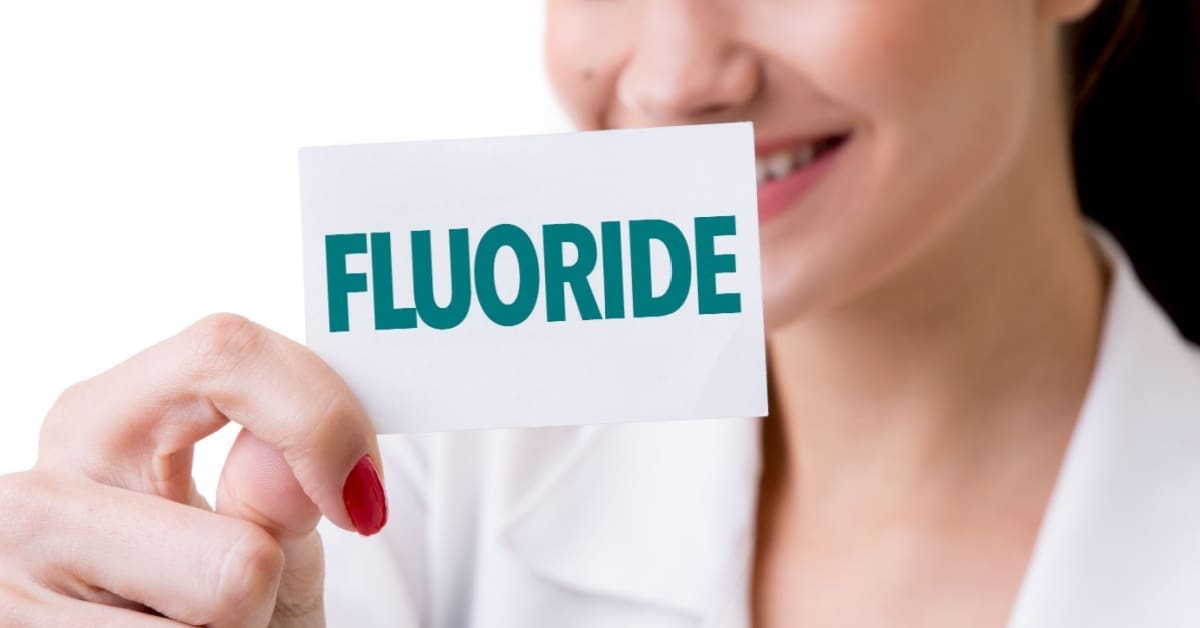 The Evolution of Dentistry
The Evolution of Dentistry
Dentistry has certainly come a long way in the past 100 years. A multitude of advancements has reshaped the dental care industry. The dentist’s office of today is very, very different from the version of the 20th century.
Changes in Dentistry
Visiting the dentist in the modern age is a relatively pleasant experience compared to what patients had to deal with decades ago. Today’s dentists view their craft as a logical and necessary preventative form of healthcare.
Whether the dentist is providing the patient with a cleaning, a cavity filling, or an implant, dentistry has become in large part about prevention.
This change in mindset towards oral health can be seen in the numbers. According to the Centers for Disease Control and Prevention, in 2015, almost 85% of young people between 2 and 17 years of age have had at least one dental visit within the past 12 months.
As a result, today’s youths suffer less from tooth decay and other dental problems than ever before.
Another big change in dentistry has come in the form of what has been removed rather than what has been added. In this case, we’re talking about heavy metals. The days of silver or gold-colored fillings are long gone. The same goes for mercury fillings. Although some dentists still use them, the majority have switched to porcelain or metal-free epoxy resins.
The advances in dentistry are simply too numerous to lay out in just one blog. From the death of film x-rays to the decline of wire braces, the changes in dentistry continue to take place at a rapid clip.
With these changes providing only positive results for patients and dentists alike, news like this certainly gives one something to smile about.
The Evolution of Dentistry Provides More Smiles Today
Are you searching for a top dentist, look no further and contact Suburban Essex Dental, Dr. Paul Feldman has been rated a top NJ dentist since 2012 and has not missed a year. Contact to schedule your next dental appointment.






